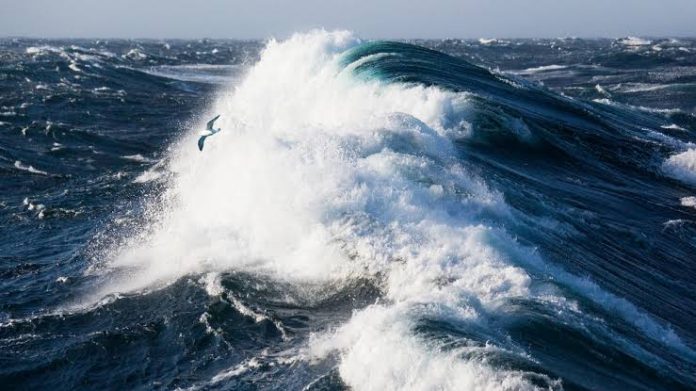In the ocean between Greenland and Iceland, there is a massive waterfall called the Denmark Strait cataract. It is incredibly wide, spanning 100 miles (160 kilometers), and drops 11,500 feet (3,505 meters) from the Greenland Sea into the Irminger Sea.
This underwater waterfall carries around 175 million cubic feet (5 million cubic meters) of water per second, which is much more than any waterfall on land. Even famous waterfalls like Angel Falls in Venezuela and Niagara Falls carry significantly less water in comparison.
What makes the Denmark Strait cataract even more remarkable is not just its size but the fact that an underwater waterfall can exist at all. While it may be tempting to imagine the ocean as a large bathtub with tides sloshing around, seawater is actually very dynamic.
Different temperatures and salinities, which affect the density of the water, constantly interact on both large and small scales.The Denmark Strait cataract is formed by the contrast in temperature between the extremely cold Arctic waters of the Greenland Sea and the slightly warmer waters of the Irminger Sea.
Cold water is denser than warm water because its molecules are less active and take up less space. When the frigid water from the Greenland Sea encounters the slightly warmer water of the Irminger Sea, it sinks rapidly to the bottom of the ocean due to its higher density.


